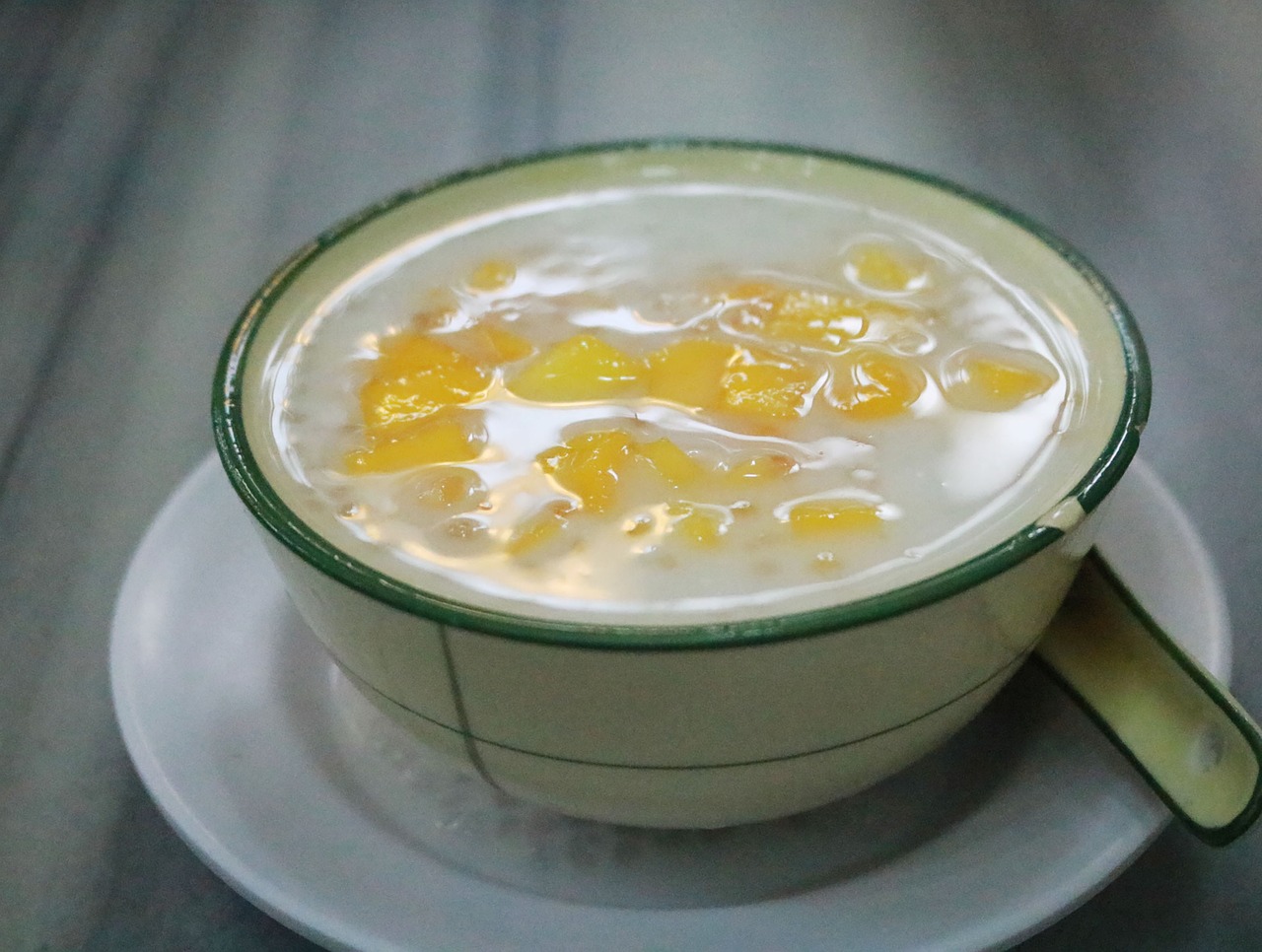The Ultimate Chinese Sweets and Snacks Tour
Embark on a delightful adventure through China’s most iconic cities, exploring the rich tapestry of traditional sweets and savory snacks that define Chinese culinary culture.
A Sweet Symphony: Exploring China’s Delectable Treasures 🍬🇨🇳
Welcome, dessert enthusiasts and snack aficionados! Prepare your taste buds for an unforgettable journey through China’s diverse landscape of sweets and snacks. From the delicate mooncakes of Guangzhou to the crispy bingtanghulu of Beijing, this trip will take you on a gastronomic adventure that showcases the sweet side of Chinese cuisine. Let’s dive into the history, famous treats, and must-visit shops that make up China’s confectionery wonderland.
The Sweet History of Chinese Snacks 📜
Chinese sweets and snacks have a history spanning thousands of years, with many treats closely tied to cultural festivals and traditions. Unlike Western desserts, Chinese sweets often incorporate ingredients like red beans, lotus seeds, and glutinous rice, creating unique flavors and textures. Today, these traditional treats coexist with modern interpretations, offering a diverse range of sweet experiences.
💡 Sweet Trivia: The mooncake, enjoyed during the Mid-Autumn Festival, dates back to the Yuan Dynasty (1271-1368) and was once used to pass secret messages!
Your Sweet and Savory Itinerary 🗺️
1. Beijing: Imperial Treats in the Capital

Begin your journey in Beijing, where imperial history meets street food culture. Beijing offers a mix of refined sweets and popular street snacks.
Must-Try Treats:
- Bingtanghulu (冰糖葫芦): Candied hawthorns on a stick
- Wandouhuang (豌豆黄): Sweet pea cake
- Aiwowo (艾窝窝): Sticky rice cakes with sweet fillings
- Lvdagun (驴打滚): Sticky rice roll with sweet red bean paste and rolled in roasted soybean flour
- Sachima (沙琪玛): Sweet, fluffy fried dough treats
💡 Seasonal Tip: Visit during autumn to try fresh tanghulu made with newly harvested hawthorns!
2. Tianjin: A Hub of Diverse Snacks
Next, head to Tianjin, a city known for its wide array of snacks and sweets.
Must-Try Treats:
- Guobacai (锅巴菜): crispy wheat pancakes in a savory mung bean starch broth
- Mahua (麻花): Fried dough twist with a sweet or savory flavor
3. Suzhou: Delicate Flavors of the Water Town

Suzhou, known for its classical gardens, also offers some of the most refined sweets in China.
Must-Try Treats:
- Suzhou-style Mooncakes (苏式月饼): Flaky pastry with sweet fillings
- Tangyuan (汤圆): Glutinous rice balls with sweet fillings
- Fangsu Cake (方酥饼): A delicate pastry with sweet bean paste
💡 Cultural Tip: In Suzhou, it’s common to enjoy sweet treats with tea. Try the local Biluochun green tea for a perfect pairing.
4. Shanghai: Where Tradition Meets Innovation
Shanghai offers a blend of traditional sweets and modern interpretations.
Must-Try Treats:
- Xiao Long Bao (小笼包): While usually savory, try the sweet versions!
- Qingtuan (青团): Green, sticky rice ball filled with sweet or savory fillings, traditionally eaten during the Qingming Festival
- Hudiesu (蝴蝶酥): Butterfly-shaped flaky pastry with various sweet fillings
💡 Local Tip: Hudiesu comes in various flavors like red bean, lotus seed paste, and even savory versions. Try a few to find your favorite!
5. Guangzhou: Southern Sweet Delights

Finish your sweet journey in Guangzhou, where Cantonese desserts offer a different flavor profile.
Must-Try Treats:
- Shuang Pi Nai (双皮奶): Double-layer milk pudding
- Gai Zai Beng (鸡仔饼): Crunchy biscuits filled with preserved meat or dried shrimp
- Mango Pomelo Sago (杨枝甘露): Mango, pomelo, and sago (tapioca pearls) in a sweet coconut milk soup
Bonus: Milk Tea Adventure 🧋
No trip to China is complete without exploring its vibrant milk tea culture. Each city offers its own unique take on this popular beverage.
Must-Try Milk Teas:
- Beijing: Try the Jasmine Milk Tea at Nayuki (奈雪の茶)
- Shanghai: Don’t miss the cheese foam tea at HeyTea
- Guangzhou: Sample the original Pearl Milk Tea at Chun Shui Tang (春水堂)
💡 Milk Tea Tip: Customize your sugar and ice levels to suit your taste. “少糖” (shǎo táng) means less sugar, while “少冰” (shǎo bīng) means less ice.
Sweet Survival Guide 🍯
- Balance is Key: Mix your sweet treats with savory snacks to avoid sugar overload.
- Stay Hydrated: Chinese teas and milk teas are perfect for cleansing the palate between sweets.
- Try Before You Buy: Many shops offer samples, especially for packaged snacks.
- Mind the Fillings: If you have dietary restrictions, always ask about the ingredients.
- Embrace the Unexpected: Some Chinese sweets may seem unusual at first but give them a chance!
📝 Final Tips for Sweet Adventurers
- Learn Key Phrases 🗣️: “Tián” (甜) means “sweet,” while “Xiān” (咸) means “salty.”
- Timing is Everything 🕒: Some treats are seasonal or associated with specific festivals. Research before you go!
- Respect Local Customs 🙏: In some places, it’s customary to share snacks with friends or even strangers.
- Pack Smart 🎒: Bring some packaged snacks home as souvenirs, but check customs regulations first.
Embarking on a sweet and snack tour across China is not just about indulging your sweet tooth; it’s about experiencing the rich tapestry of flavors, textures, and cultural significance that each treat represents. From the crispy bingtanghulu of Beijing to the delicate milk puddings of Guangzhou, each destination offers a unique glimpse into China’s culinary heritage. And don’t forget to wash it all down with a variety of delicious milk teas! So pack your bags, bring your appetite, and prepare for a sugar-coated journey that will delight your taste buds and leave you with sweet memories!
Happy (and sweet) travels! 🍬🥢🧋